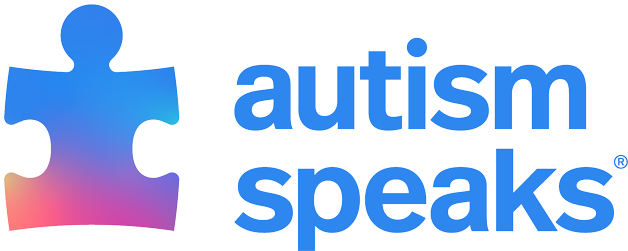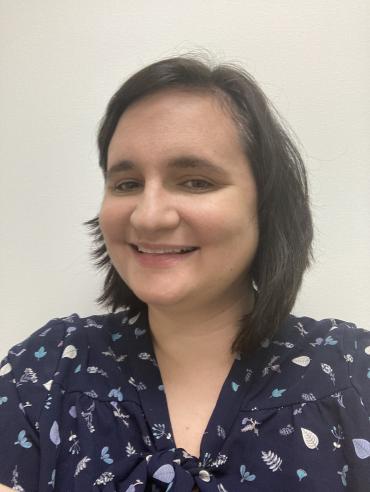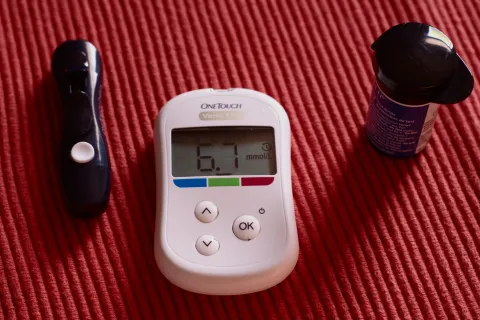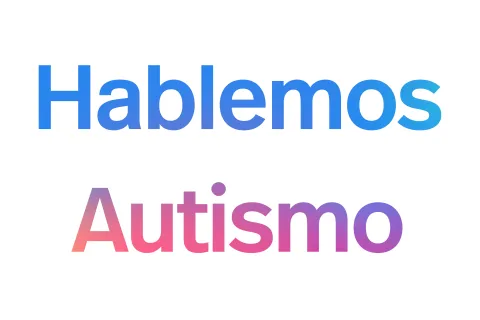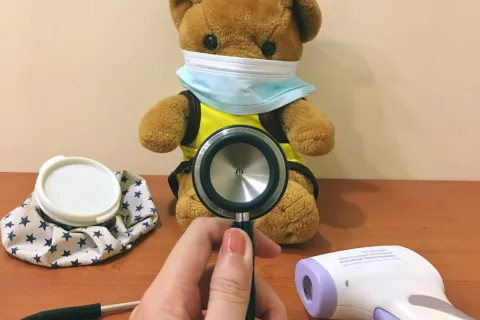Gender-affirming care for transgender autistic youth
Research shows that transgender and gender diverse individuals are 3 to 6% more likely to be diagnosed with autism. According to the Trevor Project, transgender autistic youth experience a range of physical and mental health disparities: they are at 50% greater risk of attempting suicide compared to non-autistic LGBTQ youth and have higher rates of anxiety (77%) and depression (66%).
Further, a study shows that autistic LGBTQ adults experience higher barriers to healthcare, unmet healthcare needs and mental illness. Despite the greater need for mental and physical healthcare services, almost 70% of autistic individuals who also identify as transgender and gender diverse said they needed gender identity-related medical care but could not access it due to their autism diagnosis. Additionally, more than 35% of autistic LGBTQ adults surveyed said they were refused services by a medical provider.
“Very simply put, gender-affirming care saves lives,” says Emily Wampler, family therapist at Nationwide Children’s Hospital who focuses on serving transgender and autistic adolescents. “It reduces symptoms of anxiety, symptoms of depression and suicide risk.”
Gender-affirming care is a supportive form of healthcare, as defined by the World Health Organization, that encompasses a range of social, psychological, behavioral and medical interventions “designed to support and affirm an individual’s gender identity”.
Emily discusses her approach to gender-affirming therapy for autistic transgender youth
Emily Wampler, LISW-S, is an outpatient family therapist with the Center for Autism Spectrum Disorders at Nationwide Children’s Hospital, an Autism Speaks Autism Care Network site. She is also a certified solution-focused practitioner, and loves coffee, cats, books and time with her family.
How can gender-affirming care benefit transgender autistic youth?
Autism often involves some social-emotional communication difficulties. When an autistic adolescent is beginning their gender journey, it can be hard for them to differentiate and articulate their different needs and understand how to communicate that with providers or family members. In my therapy practice, I work with autistic youth to support their communication and self-reflection on their gender journey.
I also support youth with emotional regulation during the stress and frustrations they encounter during their gender journey. The work I do includes solution-focused therapy, cognitive behavioral therapy and trauma-informed therapy. What I enjoy about solution-focused therapy with autistic kids in particular is that it supports their growth and prioritizes acceptance of who they are. Instead of being problem-focused, it focuses on strengths and is very client-centered and client-driven.
I want to clarify that gender-affirming care is not always a medical intervention—it also includes social supports. Not everybody who is trans or gender-diverse wants a medical intervention, although medical interventions can be very helpful and reduce gender dysphoria.
What can autistic individuals and their families expect during family therapy sessions?
In family therapy, there are times when I meet with the client only, the parents only and the entire family together. Parent-only therapy sessions typically support the parents’ process of understanding their child and teach them positive ways to communicate. Client-only sessions and family sessions support the client’s communication goals and help them align with their family members.
Before I even assess youth, interdisciplinary work is key. I talk to the client’s medical team, their parents and the client themselves. I ask client-centered questions like: What do you feel right now? What do you need? When did you realize you were transgender? When do you feel like things are working for you? How do you envision your future? This is where the solution-focused approach comes in.
I also talk to parents about local LGBTQ resources in their area and help them discover ways to improve their child’s positive self-image. For example, I encourage parents to get their children involved in an activity that they love, whether it’s chess club or robotics, to help build their self-confidence.
Throughout these conversations, I use the clinical guidelines outlined in the World Professional Association for Transgender Health (WPATH) Standards of Care for the Health of Transgender and Gender Diverse People, Version 8.
How can parents support their transgender autistic kids?
Recent research shows that family support improves the outcomes for children during their gender journey, so the more parents can be accepting, socially engaged and positive with their children, the better the outcomes for those kids.
It’s important for mental health professionals to validate parents’ concerns and help them normalize and acknowledge the differences in their child’s gender expression. Family therapy can be helpful with that as an emotional processing space. There are also gender-affirming care support groups and spaces for families.
Parents may have an additional layer of challenges understanding their child’s gender expression because of their autism, so helping parents understand the ASD-associated difficulties their child might have with executive functioning and communication, and how that can impact when and how gender disclosure is given, can be helpful.
How can families access gender-affirming care?
The best way to find gender-affirming care is to reach out to local LGBTQ organizations and consult their lists of local providers. Another resource that may be helpful is the Human Rights Campaign (HRC) interactive map of clinical care programs for gender-affirming care in the U.S.
Access to autism-specific mental healthcare and gender-affirming care varies significantly by state. Ideally, autistic transgender youth should have interdisciplinary support from gender specialists and autism specialists. However, it might be easier to find a mental health autism specialist than one who provides gender-affirming care.
If families and children don’t live in an area with a lot of resources and local LGBTQ-specific supports, there are some really good national resources online like the Trevor Project and TrevorSpace. There is also a Gender-Affirming Pediatric Care Toolkit published by the National LGBTQIA+ Health Education Center that families can bring to their pediatrician or medical provider.
